Collaging New Forms
A couple of weeks ago I saw this post from Dezeen about Dutch studio MVRDV ‘s proposal of a 400-metre skyscraper for Jakarta that looks like a collage of many separate buildings. What struck me immediately was the similarity to a series of work I made between 2007-2010. Don’t get me wrong, I am not accusing MVRDV of ripping me off because my series Proposition for a New System were propositional, MVRDV’s proposal is real. At the time I exhibited these works there was some criticism about this body of work (from an art/architect critic) because he believed that the forms were so impossible – how could I seriously propose that these works could offered any possibility of change to the built form.
At the time, when I made the work, I was particularly influenced by the writing of Henri Lefebvre, a French Marxist philosopher and sociologist, best known for critique of everyday life. Lefebvre believed that demanding the impossible was the only way to get all that is possible. In other words the very idea of the ‘impossible’ was an extremely important starting point for action or change. The works in Proposition for a New System were not proposing a new formation of the urban landscape nor did I consider them working plans, rather, they were exploratory and considered the unlimited possibilities of urban design in order to generate a dialogue about the contemporary city.
 Sara Graham, Proposition for a New System (01), 2007
Sara Graham, Proposition for a New System (01), 2007
 Sara Graham, Proposition for a New System (14), 2009
Sara Graham, Proposition for a New System (14), 2009
The configuration of my images used recognisable contemporary architecture and collaged the urban space by interlocking the surfaces and layers of the of the built forms. Through the complex interactions of real structures, new urban forms began to emerge through the patterning of perforated spaces. The urban form was not about defining ‘good’ or ‘bad’ architecture but instead was framed by a facade that is shaped by a collage of global sensibilities.
Traditionally, the common definition of collage has been the act of glueing, a simplistic act of reorganization. It has surprised me that many still think of collage as cutting and pasting and not a sophisticated act of inventiveness and transformation. I have had a long interest in collage, not only as a medium in itself but also as a tool for developing ideas. Collage intergrates contradicting or incongruent forms by keeping the edge of the two elements apparent but also producing the sentiment of unity. Usually the elements are diverse and often only fragments that are joined in unlikely or unexpected juxtapositions. I have always been interested in that ‘edge’ – the point where these two divergent forms meet. In my opinion, it is the edge that allows for the transformation of form or space, the contradiction of the two ‘edges’ coming together collapsing planes and fracturing spaces.
However, with the perfection of photomontage using tools like photoshop, designers and artists blur or worse erase the edge and seamlessly integrate their images together. By taking away the physical edge, I feel that the image has lost its ‘edge.’ Collage explores possibilities through the transformation of new forms and the improvisation of forms connecting together. The images I have been compiling are of installations, artwork and built structures that (are not photoshopped) and instead uses the edge from collage to create engaging work.
This installation is by architecten de vylder vinck taillieu bvba studio and unfortunately their website is in Dutch and I am unable to decipher any description. In this incredible installation the room has been divided with mirrored walls so that the wooden infrastructure (that links the architectural installation) looks like it is fractured and distorted.
One Plus Partnership have designed the sales office for a real estate company in Chongqing, China
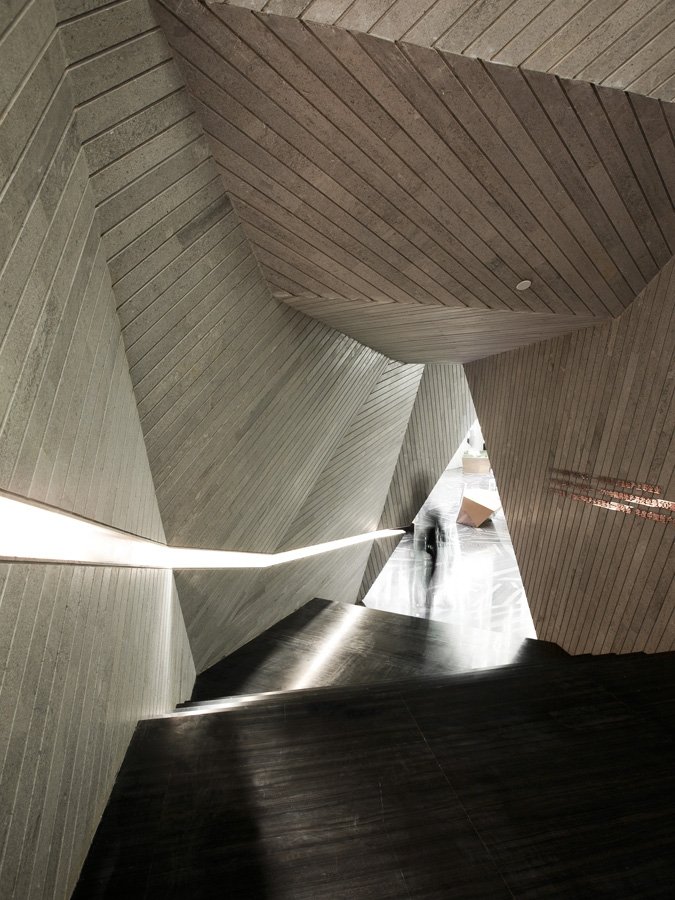
A residential building in Sanchinarro a suburb on the north east edge of Madrid. designed by MVRDV.
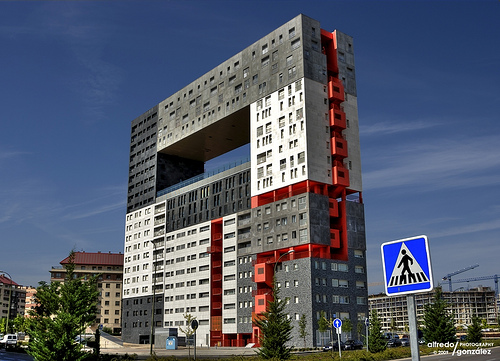
Bjarne Mastenbroek and Christian Müller, from the architecture firms SeARCH and CMA, collaborated in 2009 to build this vacation home near the world famous thermal springs of Vals in Switzerland.

The Ring Mirror Installation by Arnaud Lapierre is a piece sponsored by Audi. It is a reflective cylinder with mirrors placed all around it. Lapierre explained, “The Ring’ is an installation that takes into consideration the urban space networking: the rhythm, flow, organization and spatial hierarchy.
 Arnaud Lapierre, The Ring Mirror, 2012
Arnaud Lapierre, The Ring Mirror, 2012
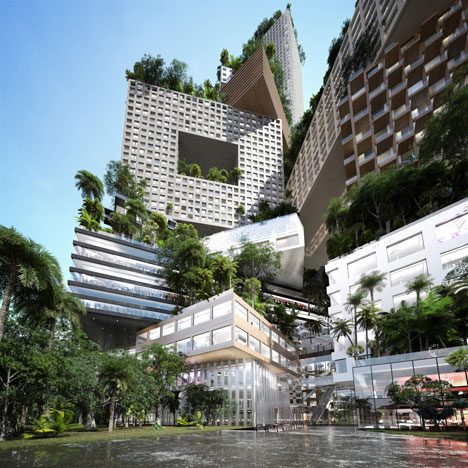
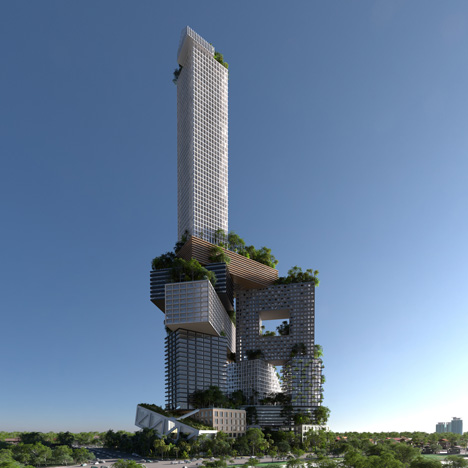
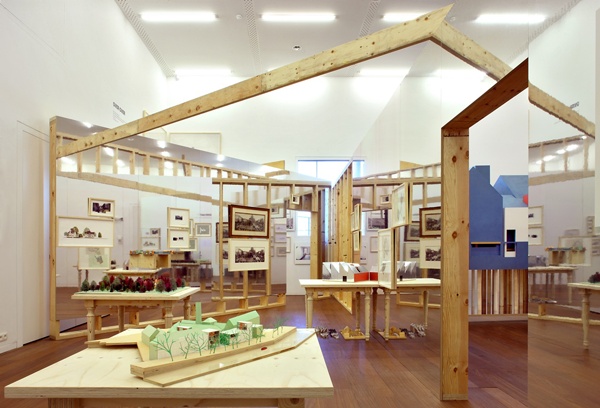
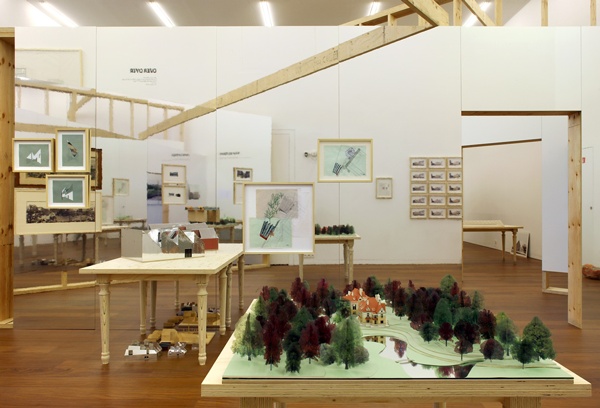
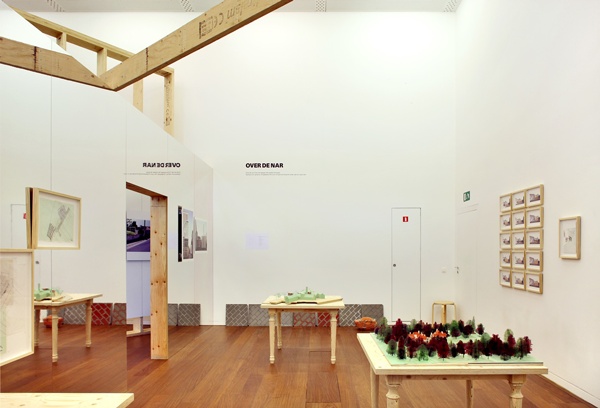

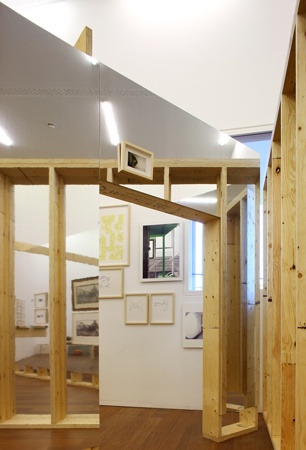

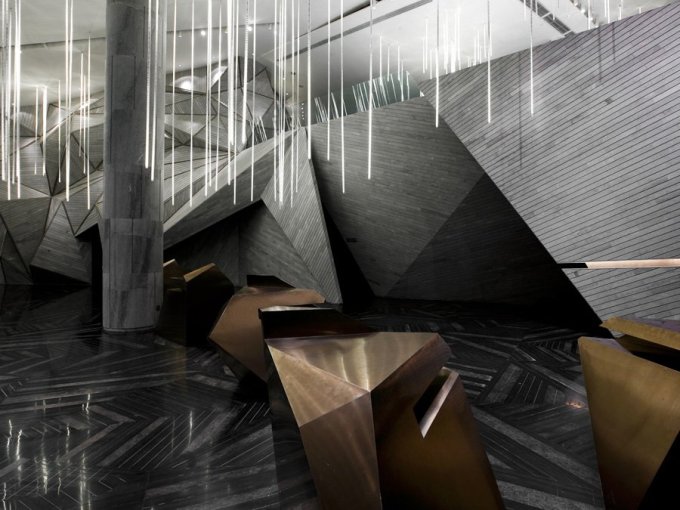
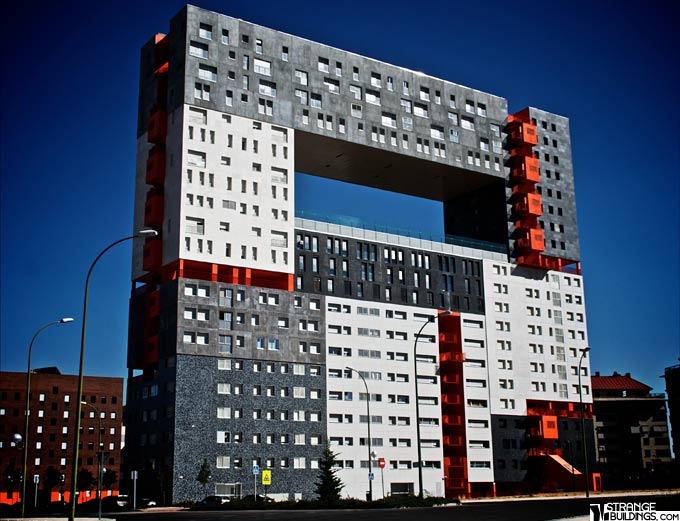
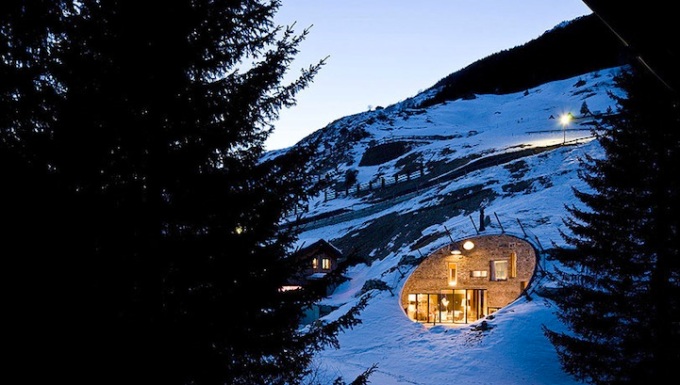

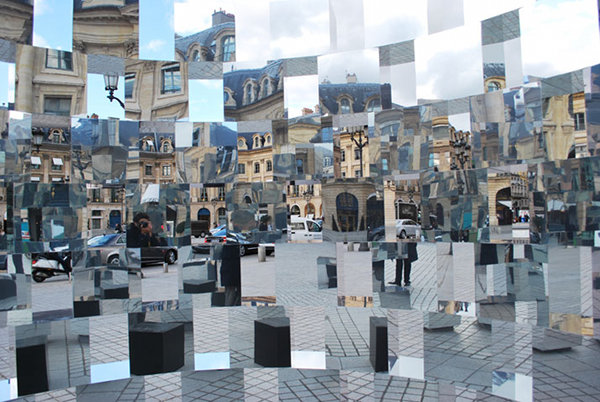
1 Comment
[…] have written before about not being that interested in artists who seamless use photoshop to create a new […]
LikeLike